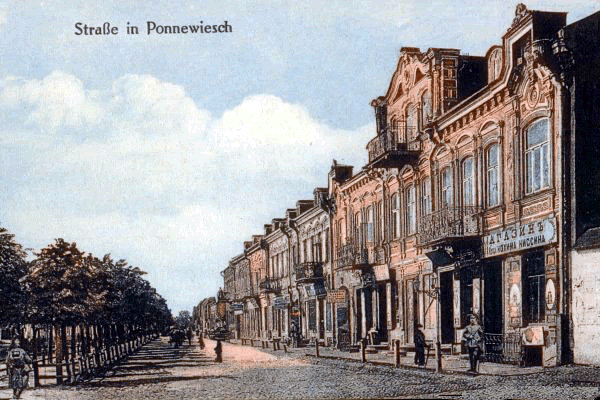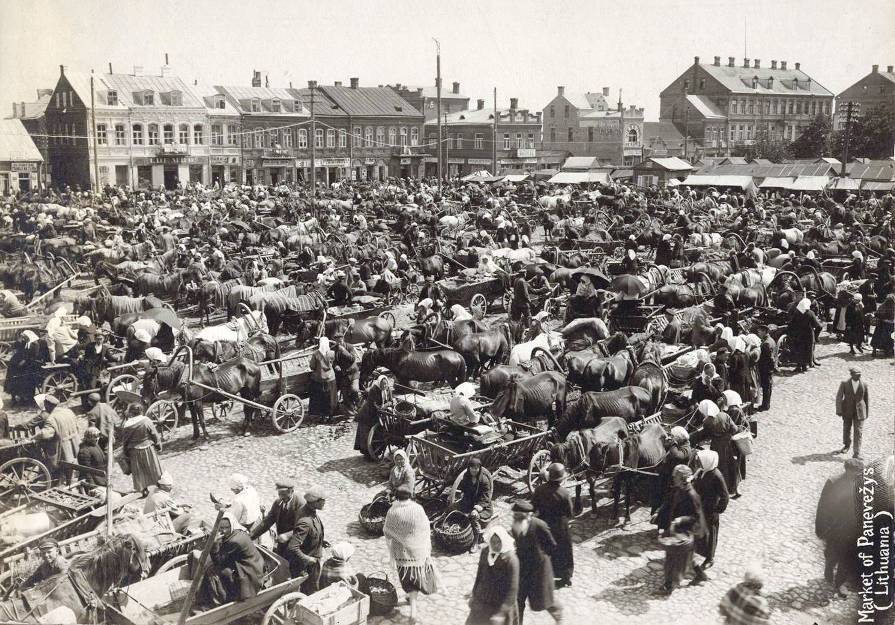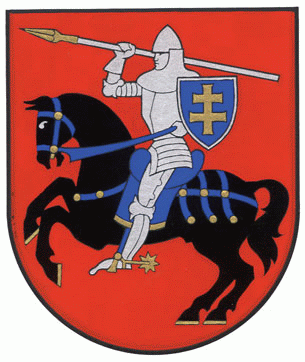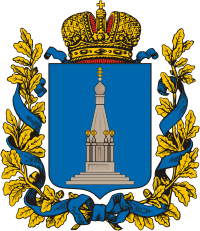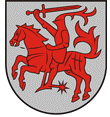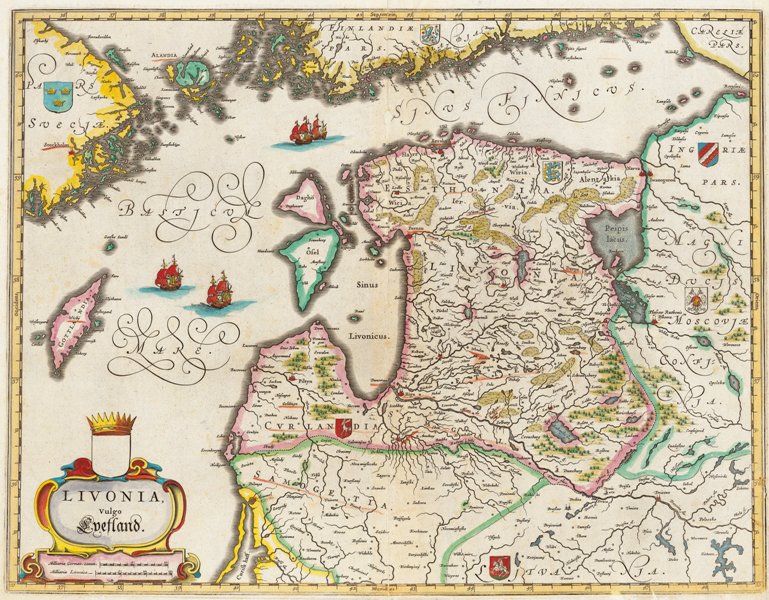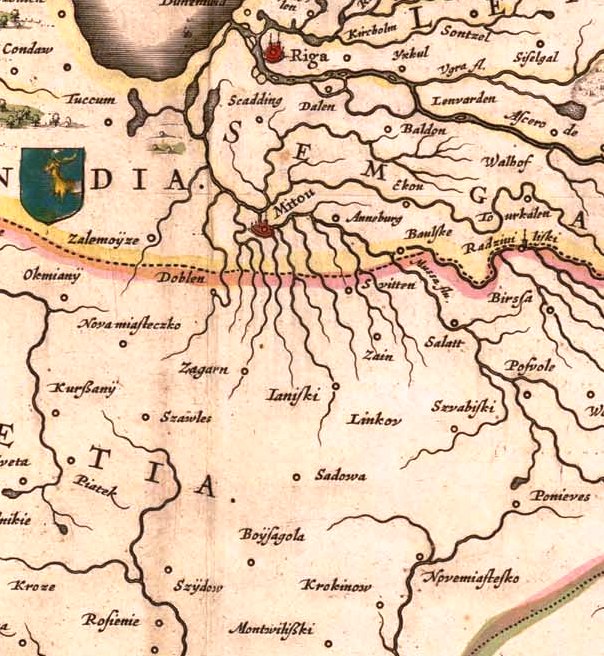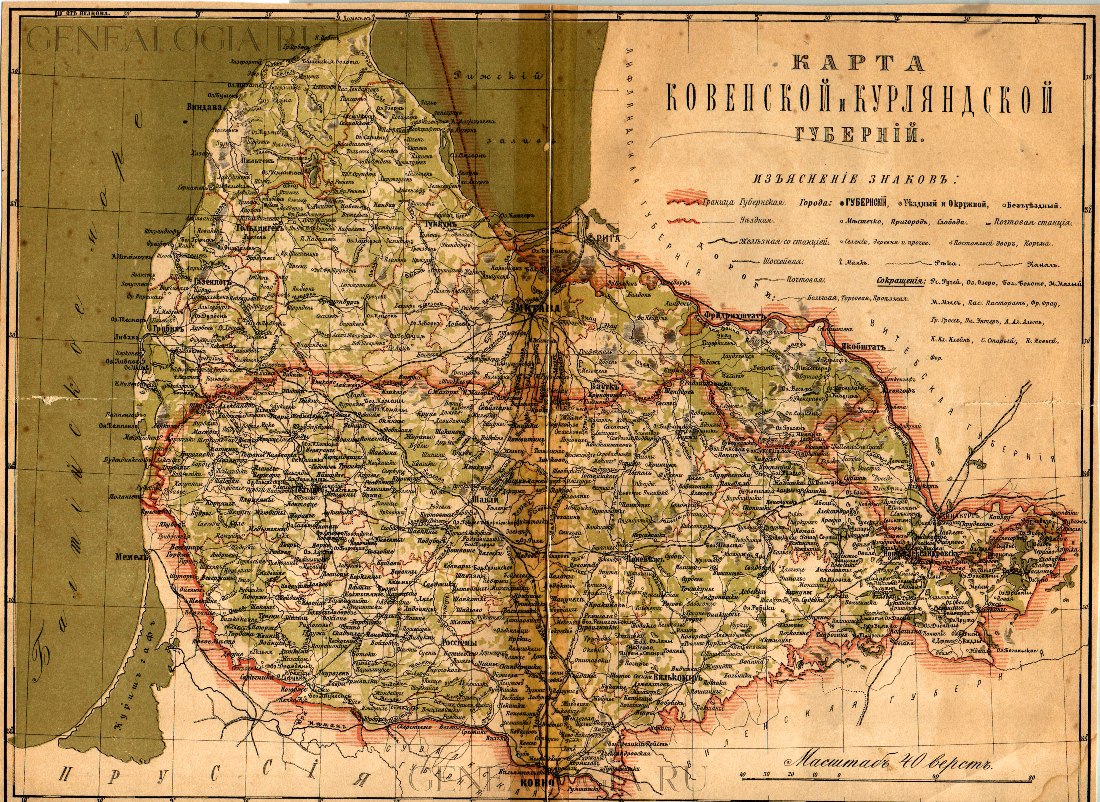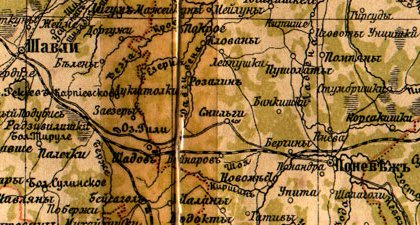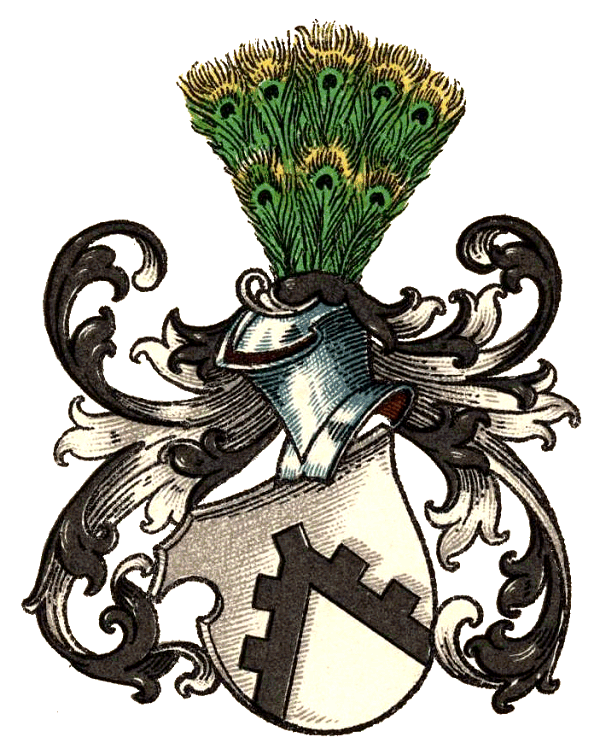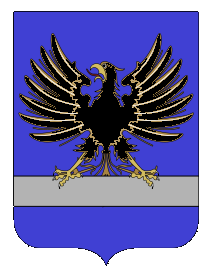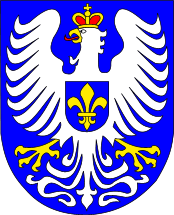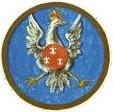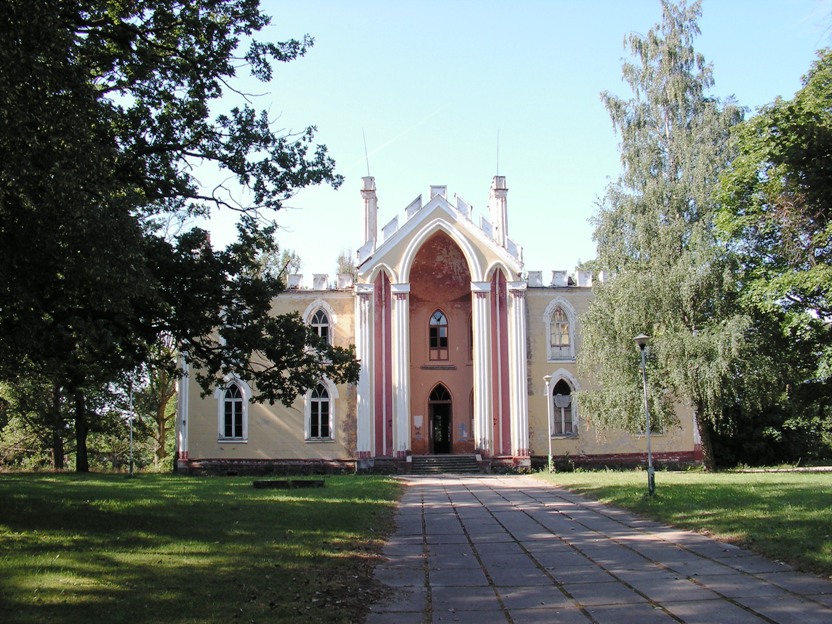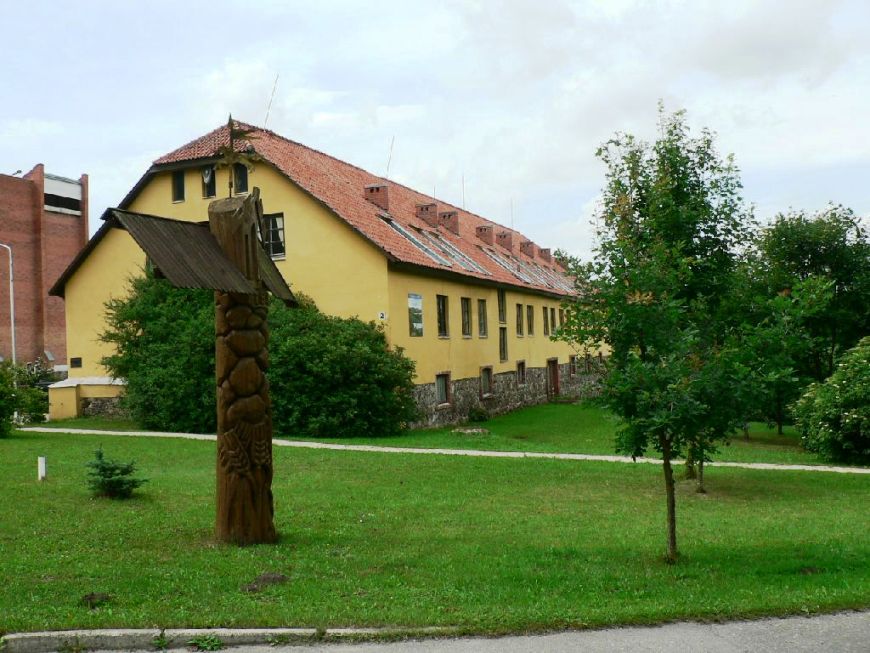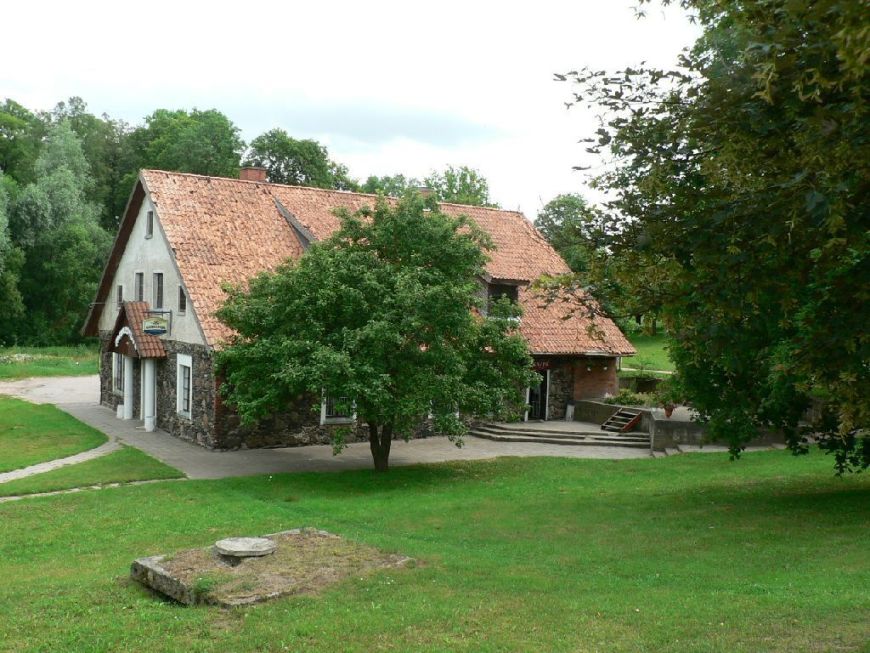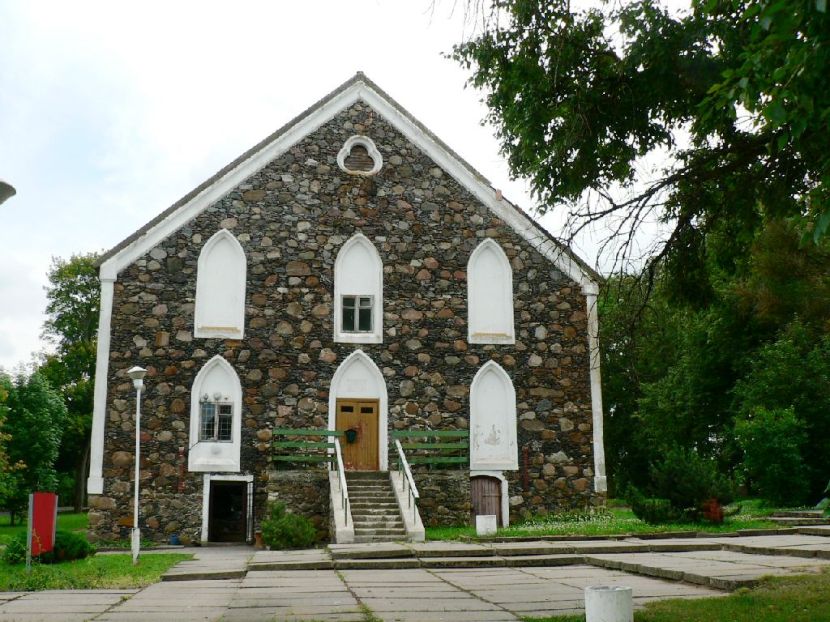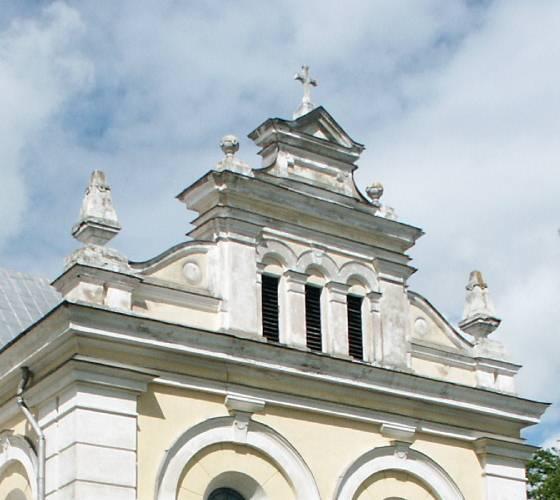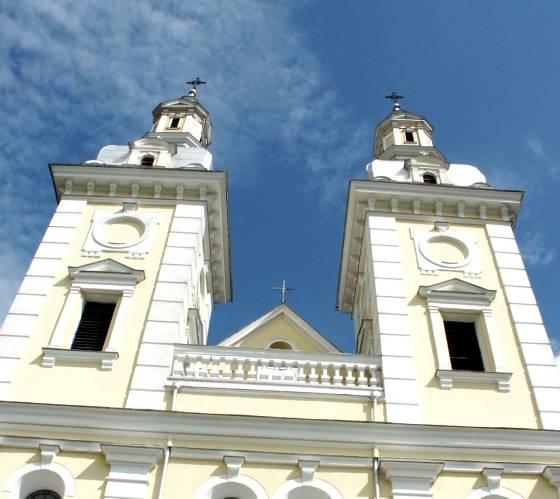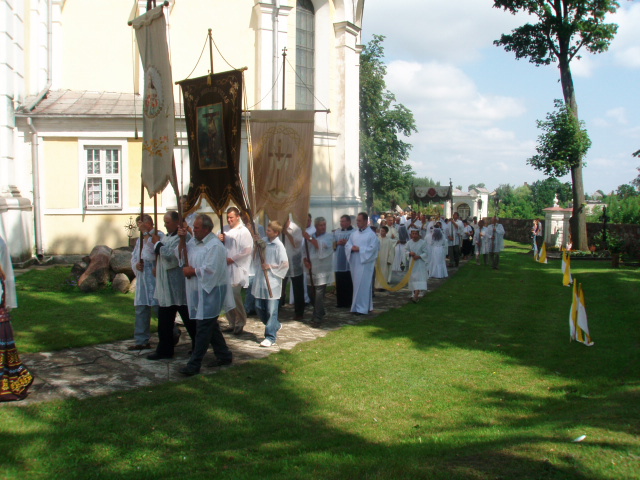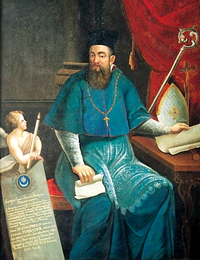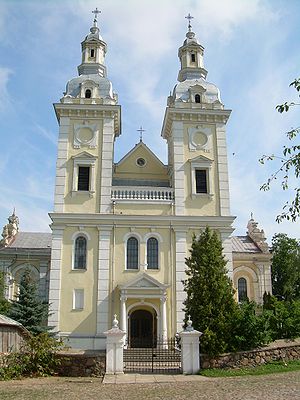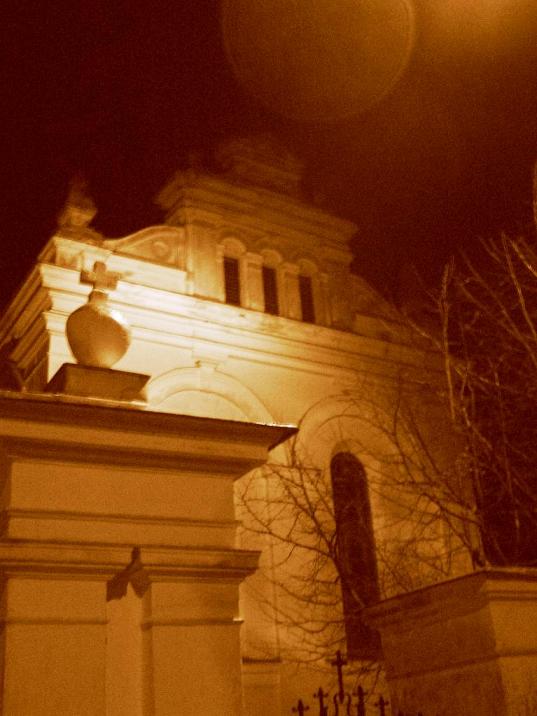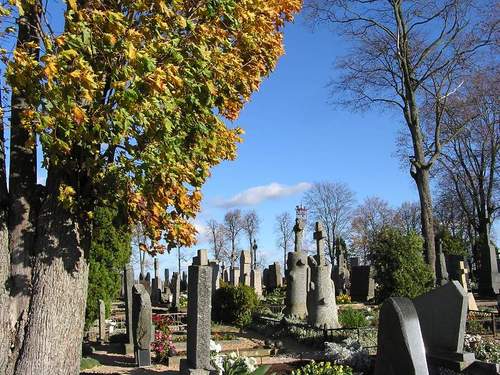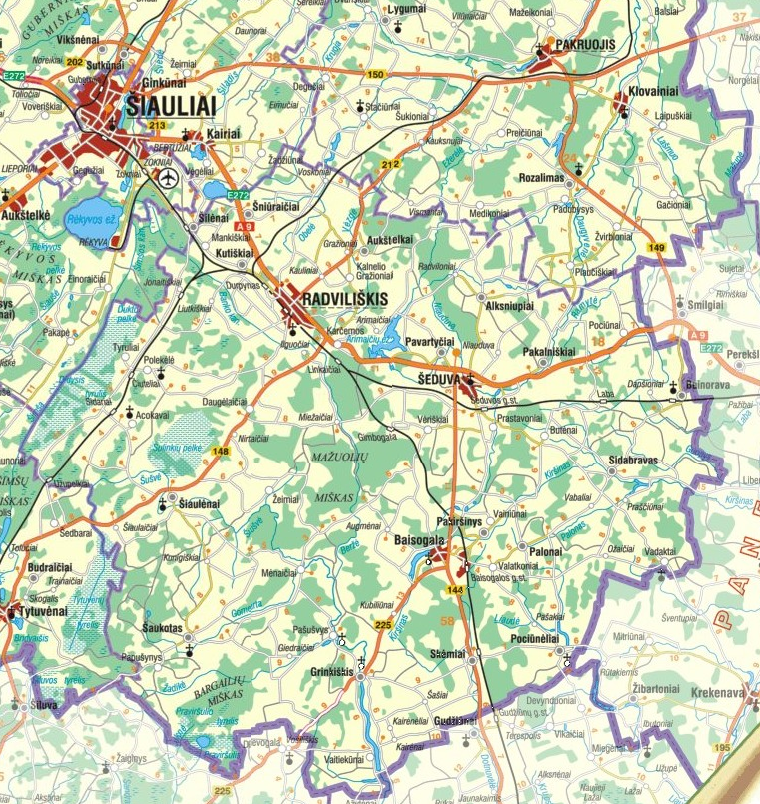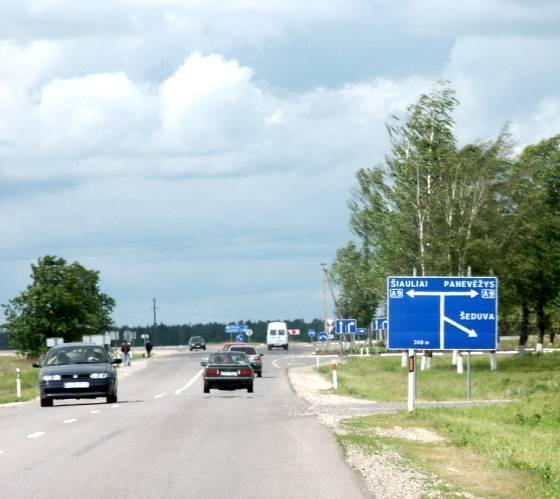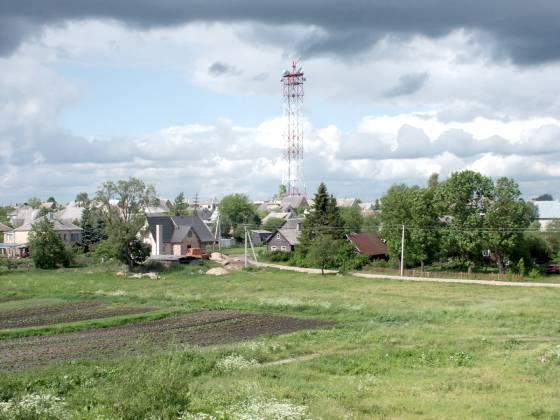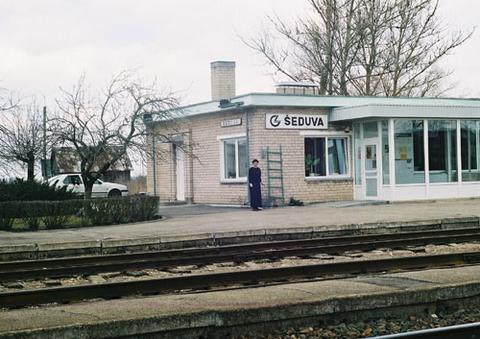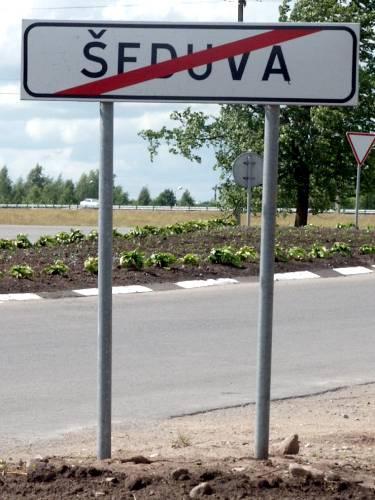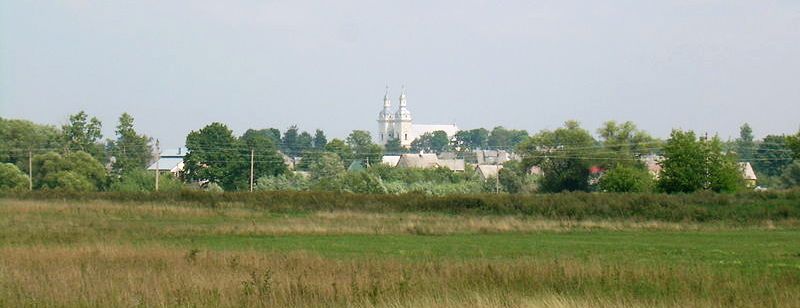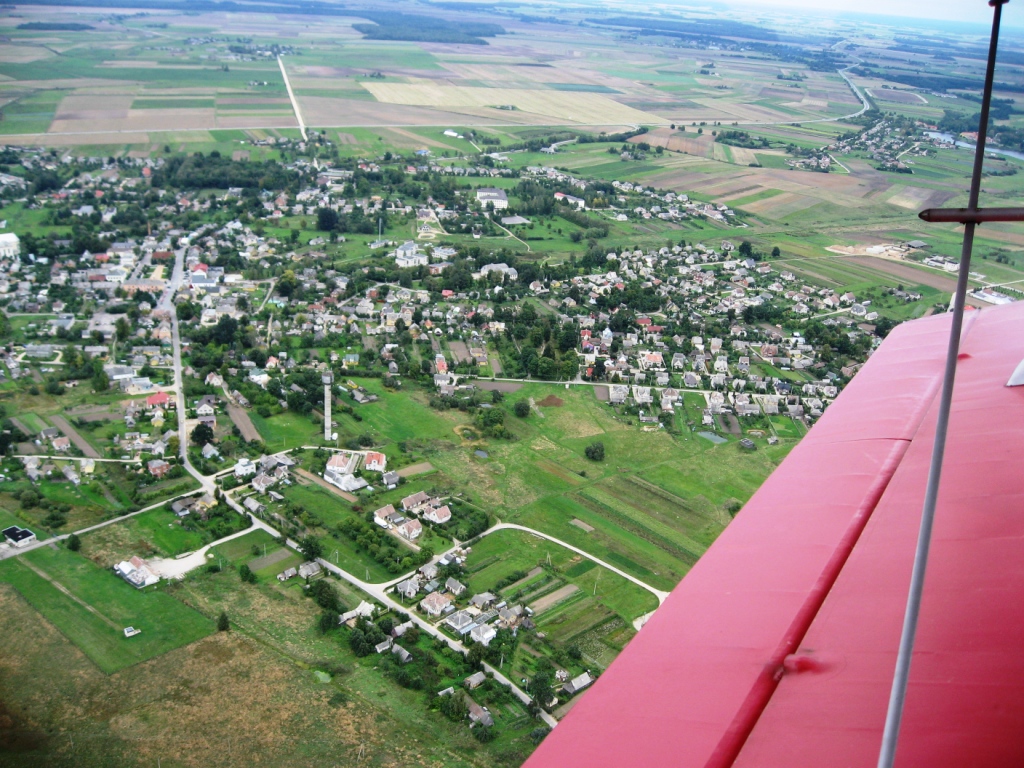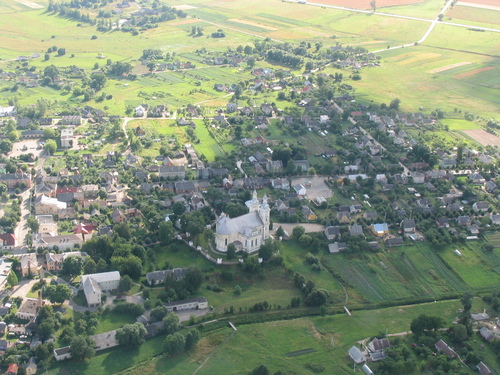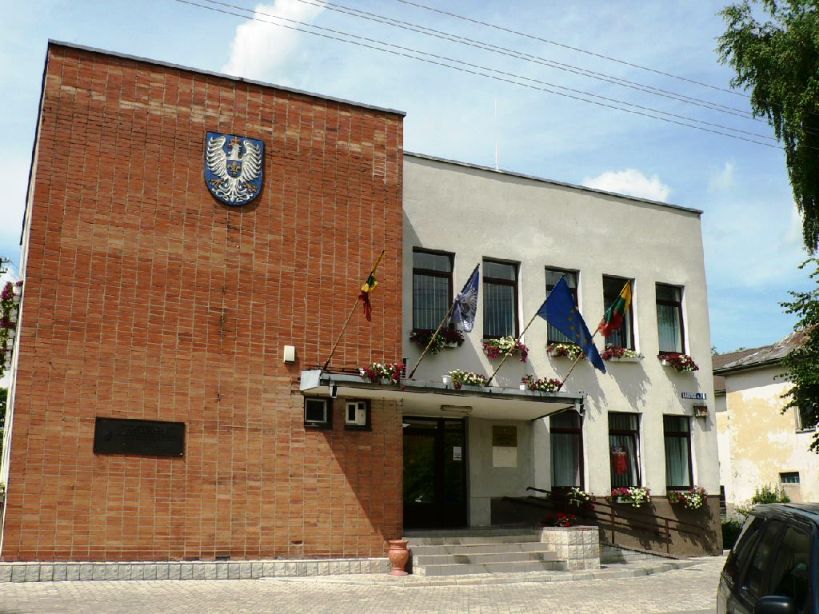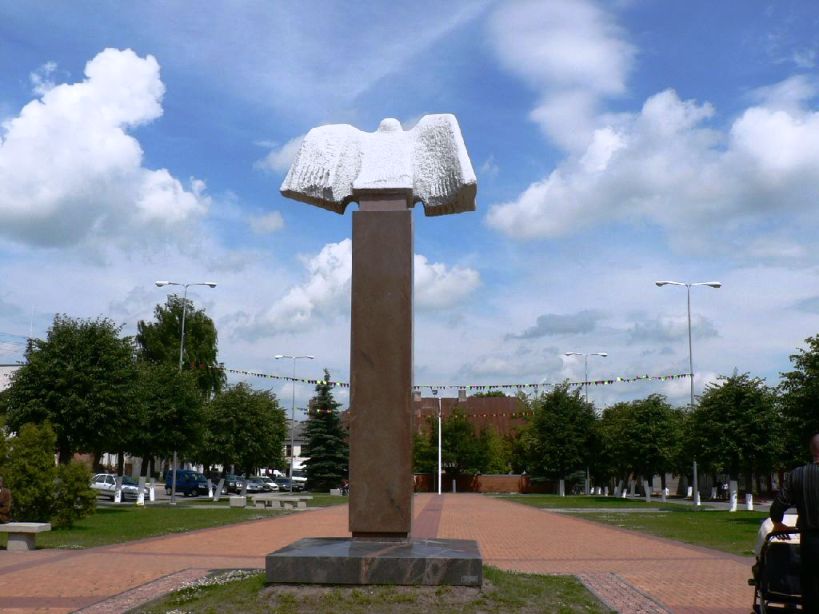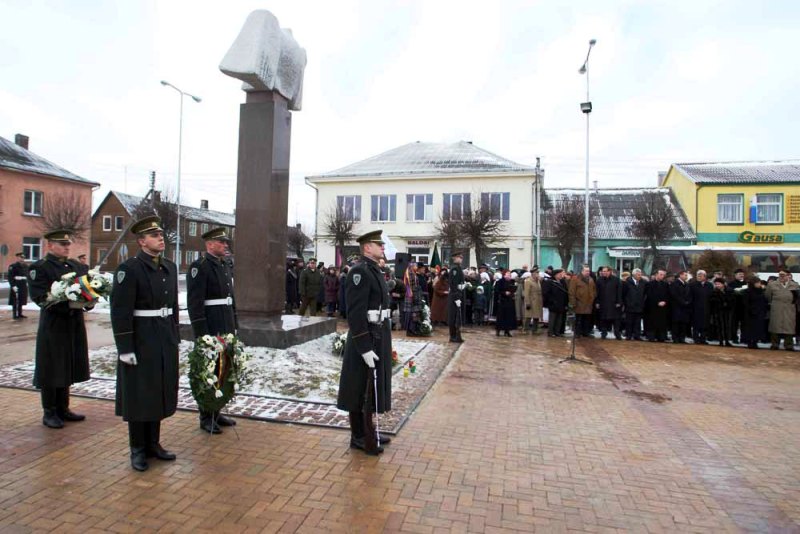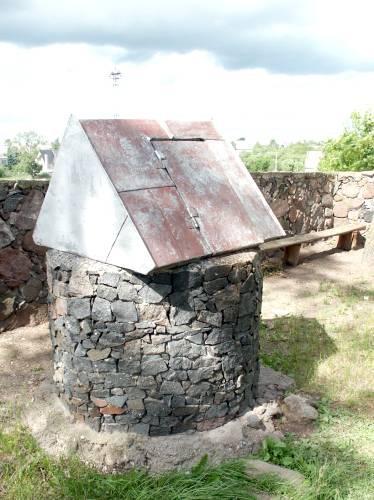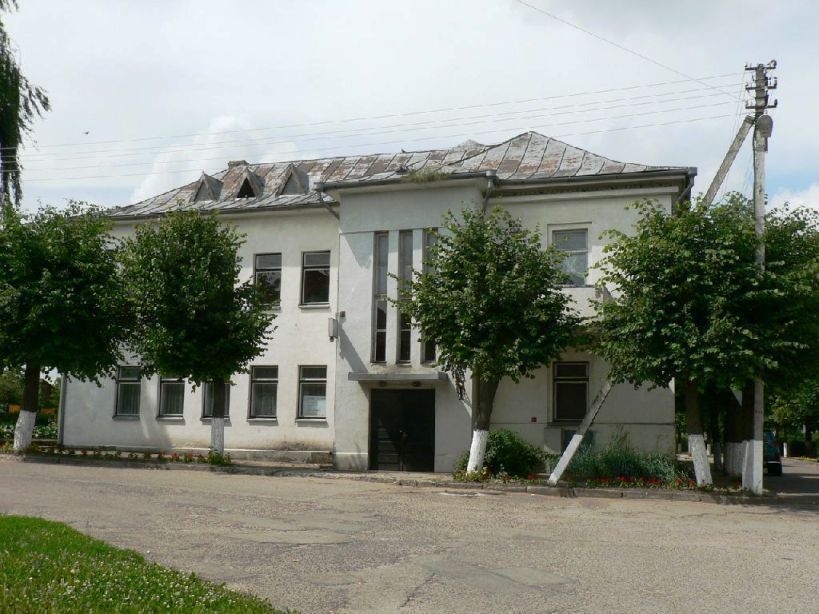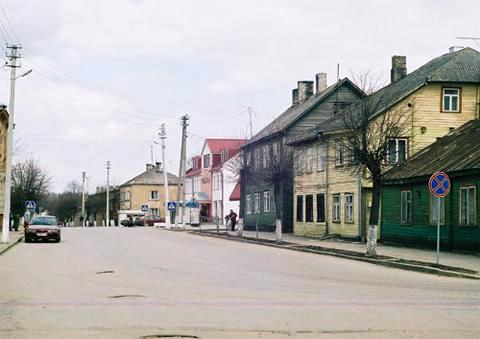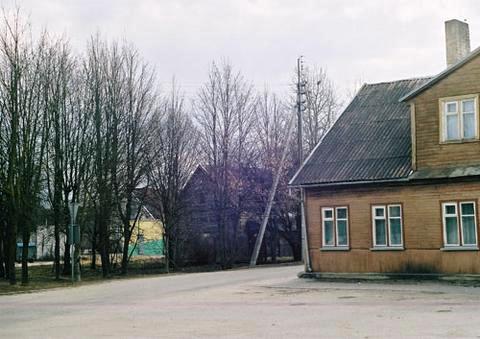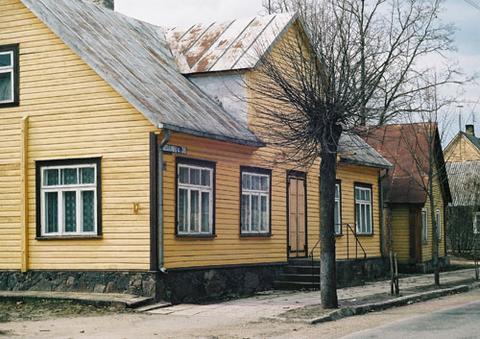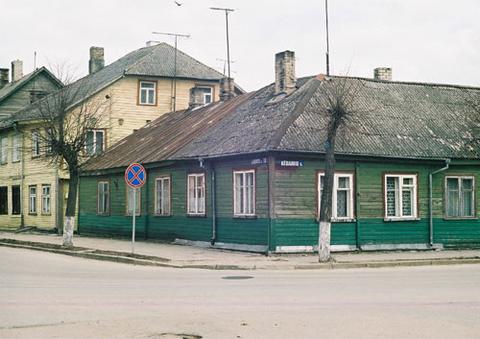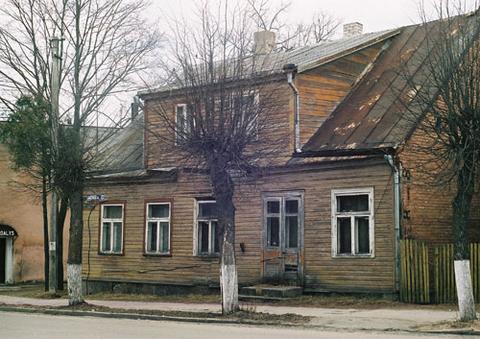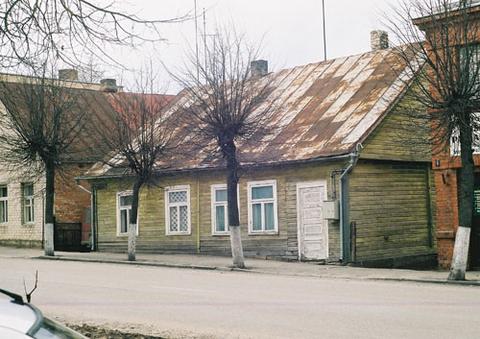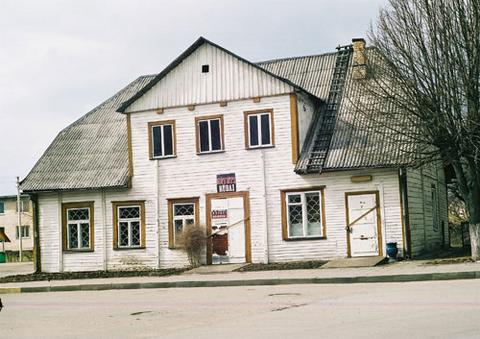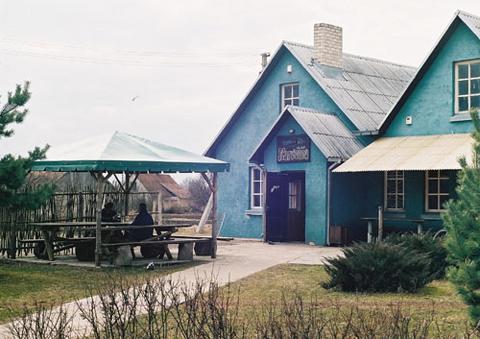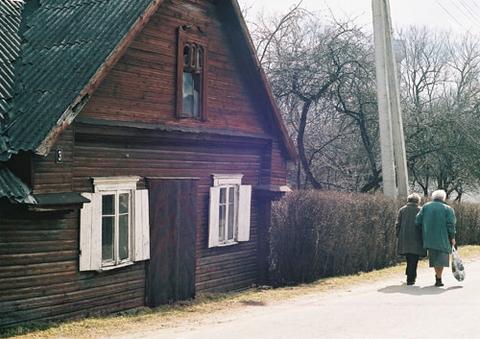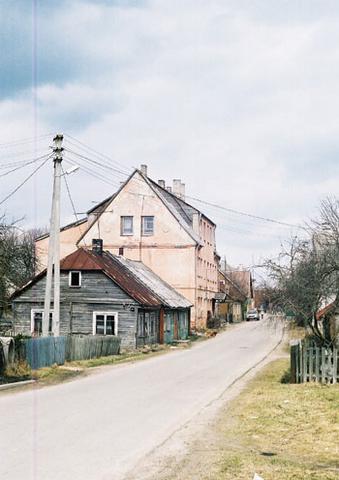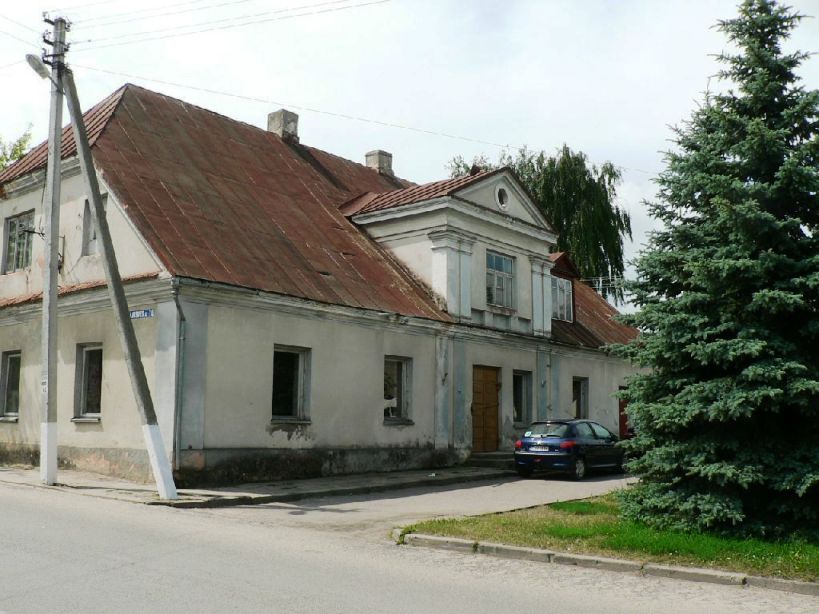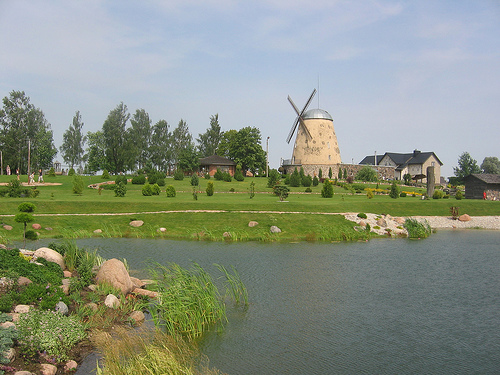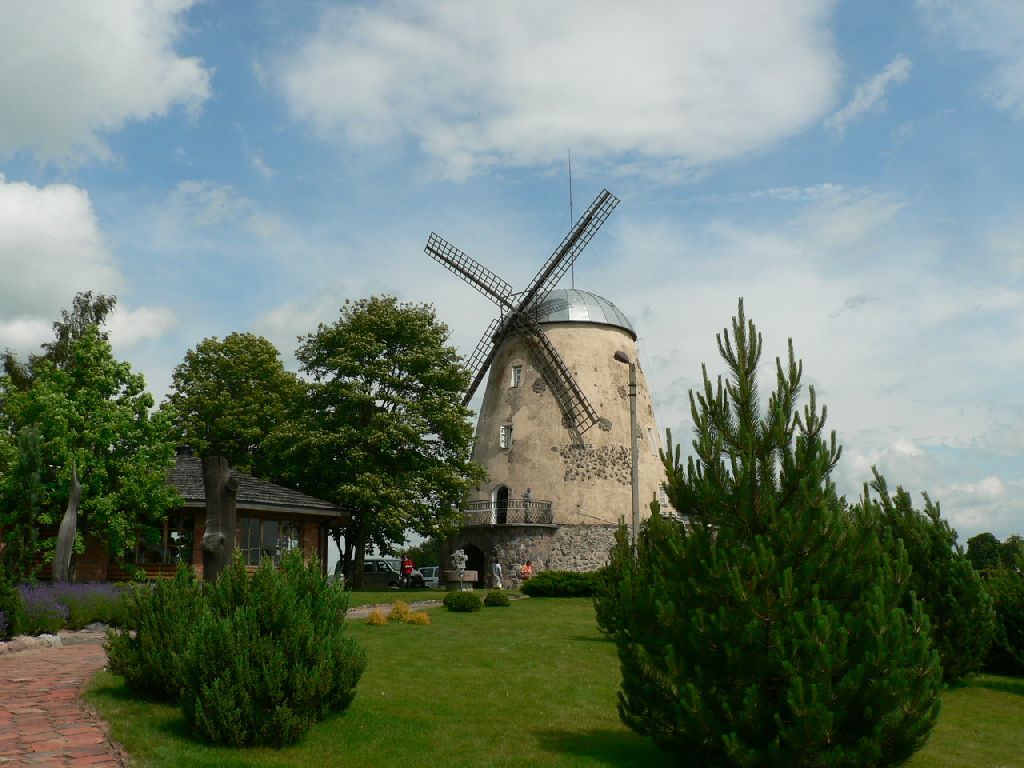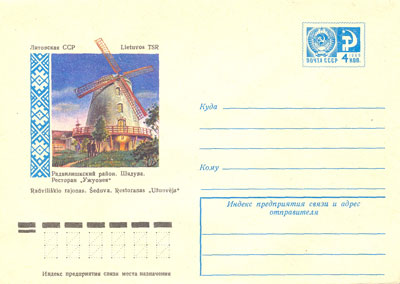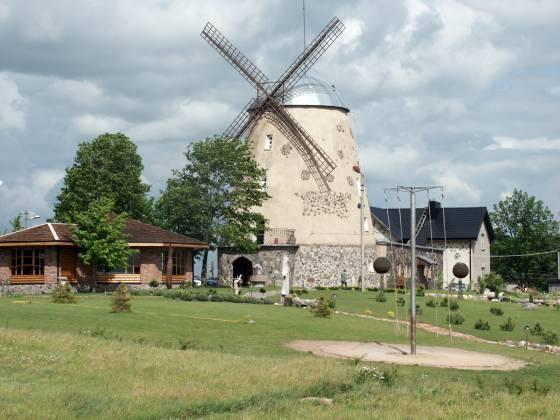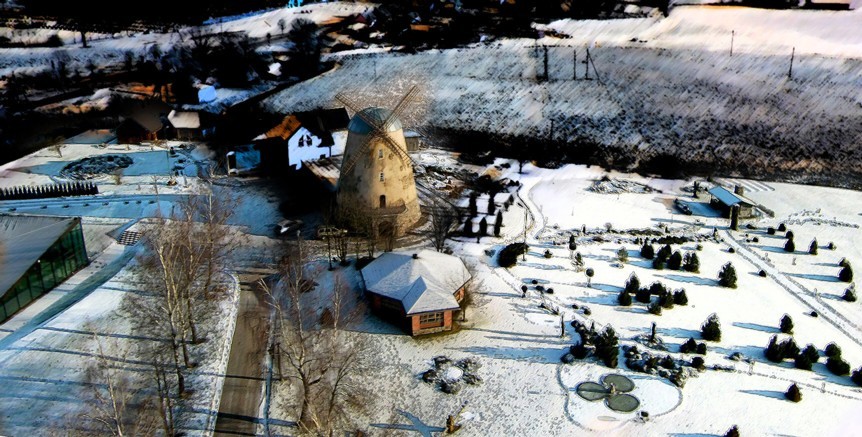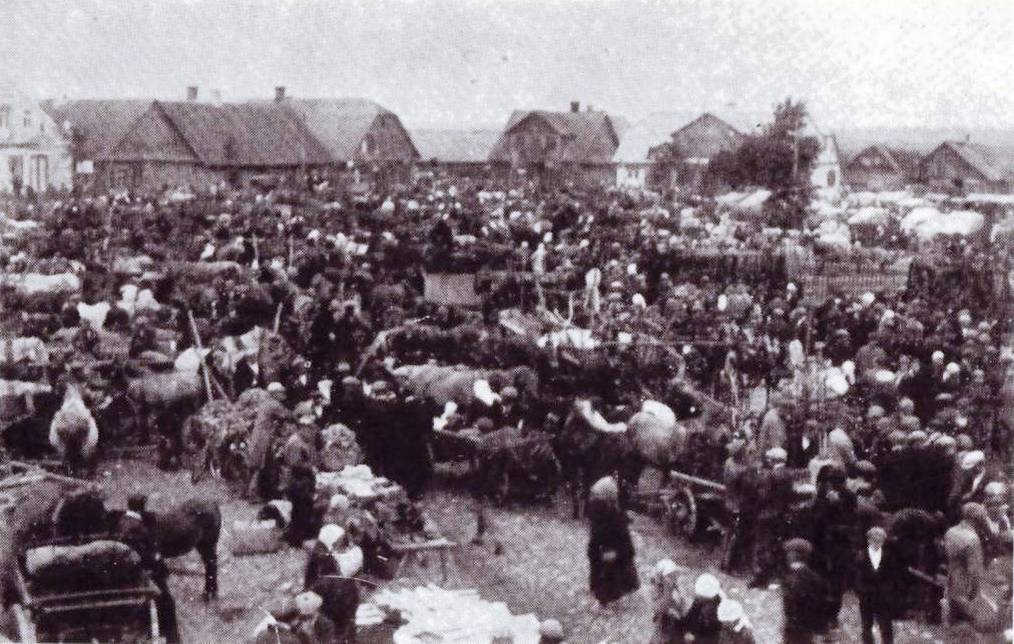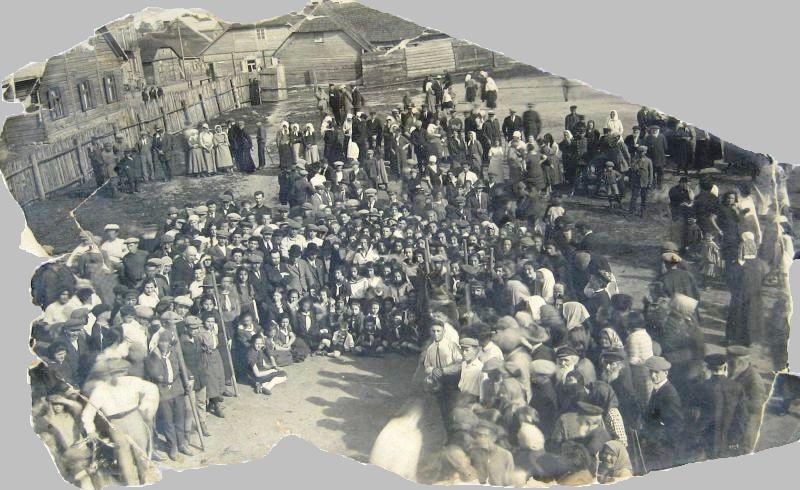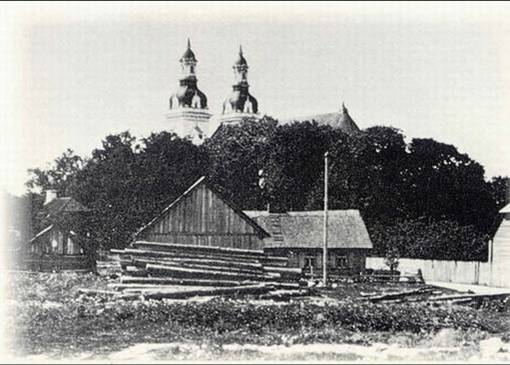
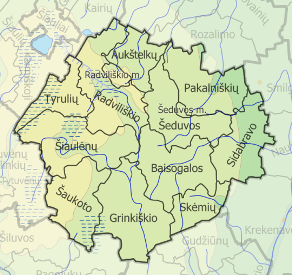



Jan II Casimir Vasa, whose French wife, Queen Ludwika Maria Gonzaga, became the true owner and guardian of Šeduva. Following the annulment of Magdeburg rights for the smaller towns in 1779.The Šeduva estate remained in the hands of the Grand Duke of Lithuania until 1792 when Stanislaw II August Poniatowski, the last royal proprietor of Šeduva, concluded an agreement with the town's citizens, giving them rights to be excused from labour on the estate for a fee of 3579 angels.


Shadova / Šeduva - History
A Shtetl on the Lithuanian Plains - The History of Shadova-Šeduva
Vilna
Kovno
Utena
Ponovezh
Alytus
Telshe
Taurage
Marijampole
Klaipeda
Memel
Memel
Shavel
Shadova
Counties of Lithuania
Siauliai
Shavel
Shavel
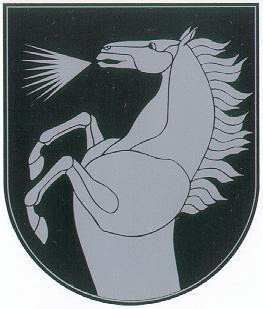
District of Radvilskis







Scenes of Aukstaitija
Šeduva is a small town situated on the rolling plains of the Aukstaitija region of northern Lithuania, forty kilometres west of the regional capital of Ponevezh - Panevezys and eighteen kilometres east of the district centre at Radviliskis, on the road and rail communications that passed between them. The name Aukstaitija means 'Highlands' in Lithuanian, this being a relative designation as the highest 'peak' of this flat country stands at 294 metres. During the 15th century the region was redefined as the Voivodeship of Trakai and Vilnius. Later it would be absorbed as Lithuania Propria into the Grand Duchy of Lithuania until the dynastic Union of Lublin in 1569 created the Polish-Lithuanian Commonwealth. The collapse of the Commonwealth, and the third partition of Poland in 1795 placed the entire region under Russian hegemony. Aukstaitija was now absorbed into the Vilenskaya guberniya (Vilna Governate) of the Russian Empire till the reforms of 1843 transferred the area of north-western Lithuania to the Kovenskaja Gubernija (Kovno Guberniya), with Seduva located in the Ponevezh Uyezd (district).
The region was also part of the Pale of Settlement that, until the Holocaust, had a major Jewish
The region was also part of the Pale of Settlement that, until the Holocaust, had a major Jewish
Shadova-Šeduva and the Region of Aukstaitija
Scenes of Ponovezh-Panevezys
Duchy of Lithuania
Kovno Guberniya
Region of Aukstaitija
population, the Jews forming the largest ethnic group in most of the towns till their murder in 1941. The Ponvezh Yeshiva was one of the foremost centres of Jewish learning and its modern sucessor in Bnei Berak is considered to be the leading Lithuanian-style yeshiva in Israel and arguably the leading yeshiva worldwide.
| Year | Population | Jews | % |
| 1766 | 508 | ||
| 1847 | 1211 | ||
| 1857 | 2357 | ||
| 1880 | 3783 | 2386 | 63 |
| 1897 | 4474 | 2513 | 56 |
| 1923 | 3186 | 916 | 29 |
| 1940 | 3736 | 800 | 21 |
| 1959 | 3253 | 4 | 0.12 |
| 1970 | 3184 | 1 | |
| 1989 | 4584 | ||
| 2009 | 3155 |

The Baltic States in 1662 from the Blaeu Atlas and detail with 'Sadowa' at centre
Map of the Kovno Gunerniya in the 19th Century with detail showing 'Shadov'
The Population of Shadova-Šeduva
The Founding of Shadova - Šeduva and Noble Connections
First mentioned in charters of the 15th century, by the 16th century, Šeduva was the location of a royal estate and of a settlement that developed beside the road leading from Kovno in central Lithuania to Riga in Latvia in the north. By 1554, there were 203 houses, warehouses and stores and the town was administered by an eldership.
On June 25th 1654 Šeduva received the Magdeburg charter and a coat of arms, with the right to appoint a mayor, establish a debtors court and hold a weekly market and four annual fairs. These were granted by the King of Poland and Grand Duke of Lithuania,
Queen Ludwika Maria Gonzaga
King Stanislaw II August Poniatowski
Arms of Gonzaga and Šeduva
The arms of Šeduva were granted in 1654 by King Jan Casimir at the request of Queen Maria Ludwika. She was a descendent of the Princes of Gonzaga, from Mantua in Italy. The arms of the family displayed a black eagle, which was made white in reference to the white eagle of Poland. The small breast shield shows the fleur-de-lis, as the family was related to the French royal family.

The Duchy of Mantua, French Royalty, the Queen of Poland and a Shtetl
In 1798 the Baron Theodore von Ropp acquired the Šeduva manor, his family remaining its owners until the arrival of the Soviets. Their estate, built in the Romantic style, was named Raudondvaris and situated by the road leading from Siauliai (Shavel) to Panevezys (Ponovezh). Theodore von Ropp did not acknowledge the rights of Seduva citizens and required of the citizens to perform labour in the town's manor. The citizens decided petition for their rights and a lawsuit was sent to the Russian Senate after long proceedings in the Agrarian and General Courts. In 1812, the Senate passed the decision to recognise the former charters of Šeduva. Having lost the case Baron Theodore von Ropp demolished the manorial buildings in Šeduva. At Raudondvaris a windmill and distillery was operated in 1859 and later the von Ropp family established a gallery of 19th century painters at the manor.
The origins of the von Ropp family reaches back to the western crusade to coerce the conversion of the pagans of Livonia to Catholicism. The crusade in the Balts was led by Bishop Albert of Riga, founder of the city of Riga (1201) and builder its cathedral, and his brother Theodoricus de Raupena (von Ropp) of Lower Saxon noble origin. In the 13th century Theodoric de Raupena married Sophia, the daughter of Prince Vladimir of Pskov, so cementing a connection with Russian royalty. The family maintained estates in many places throughout the Balts.
Baron von Ropp
Arms of the von Ropp Famly
Fire was a frequent visitor to the wooden houses of Shadova-Šeduva. After a conflagration in 1795 regulations were issued which restricted the planning of new structures. Buildings were not in encroach into streets, facades of residential buildings had to face the market square or street and it was forbidden to build houses without chimneys. Towns people who were unable to build their houses in accordance with the new regulations were forced to sell their land.
The von Ropp Manor House and Farm Buildings at Raudondvaris Two Kilometres East of Shadova - Šeduva
Shadova-Šeduva was an agricultural town that earned is subsistence through the cultivation of cereals, flax and linseed, and the husbandry of pigs and geese. The town was well known for the raising, marketing and even the smuggling of horses. The Jews of Shadova-Šeduva, who had lived there since the 15th century, worked in trade, farming and crafts. By the end of the eighteenth century most of the 43 shops in Šeduva were in Jewish hands and on Jewish festivals the town's market was closed.
The first Catholic shine of Šeduva, the Church of the Invention of the Holy Cross, was built and the parish founded between 1512 and 1529. The original wooden church changed through numerous repairs and reconstructions and the present brick church Cross was built in Šeduva in 1643 with a donation from Bishop Jerzy Tyszkiewicz of Vilnius. During the 18th century the bell tower was added to the structure, with further renovations and extensions in 1905. Baroque and renaissance architectural styles characterise both the exterior and interior of the church. It has a cruciform plan with an apse, low sacristy and five altars.
Between 1696 to1762, a Jesuit mission, connected with their college at Pasiause, was active in the town, operating a lower school with 96 pupils up until 1828. After the 1863 insurrection, all parish schools were closed and replaced by public Russian language schools. In the same year a Russian Orthodox Church, designed by the architect Ustinas Golinevicius, was built and in 1866 a wooden Synagogue was added near the central market square.
Jerzy Tyszkiewicz & the Church of the Invention of the Holy Cross
From the central market square of Shadova-Šeduva branched out three streets - south to Keidan (Kedainiai), east to Ponevezh (Panavezys) and west to Shavli (Siauliai) Streets. In 1908, a fire destroyed almost all the houses on Keidan Street. In 1934 a memorial for the Pope Pius XI's inauguration was erected in the square and the Orthodox Church was pulled down.
In 1871-73, the Kovno (Kaunus) - Dvinsk (Daugavpils) - Libau (Liepeja) railway was laid close to the town. The major artery opened up trading possibilities and postal communications between the interior and the Baltic. Towards the end of the nineteenth century, Shadova-Šeduva had mills, warehouses shipping that shipped grain, flax and linseed to Libau (Liepaja) by rail. By 1880 63% of the town's 2783 inhabitants were Jews, mainly merchants and craftsmen who dominated Šeduva's economic activities. In 1906 anti-semitism led to the segregation of the Jews and Gentiles, who living at opposite sides of the town. Many Jews left Shadova-Šeduva, emigrating to South Africa, USA and some to Palestine.
In 1871-73, the Kovno (Kaunus) - Dvinsk (Daugavpils) - Libau (Liepeja) railway was laid close to the town. The major artery opened up trading possibilities and postal communications between the interior and the Baltic. Towards the end of the nineteenth century, Shadova-Šeduva had mills, warehouses shipping that shipped grain, flax and linseed to Libau (Liepaja) by rail. By 1880 63% of the town's 2783 inhabitants were Jews, mainly merchants and craftsmen who dominated Šeduva's economic activities. In 1906 anti-semitism led to the segregation of the Jews and Gentiles, who living at opposite sides of the town. Many Jews left Shadova-Šeduva, emigrating to South Africa, USA and some to Palestine.
Map of the Shadova-Šeduva and the Surrounding Area
Transport and Communications in Shadova-Šeduva
Modern Times - War, Tragedy and Rebuilding
After World War I, during which the Jews were evacuated for labour in the Russian interior, Shadova-Šeduva became part of an independent Lithuania. Seduva was declared a district centre with independent municipal control from 1924. Two of the nine council members were Jews. The production of milk became the major economic activity, the Lietukis dairy co-operative processing seven million litres of milk annually. A Lithuanian language high school was established in 1918 by the Saule society.
The depression of the thirties led to a rise in anti-Semitism, resulting in a blood libel in 1931 and a boycott of Jewish businesses. Many emigrated prior to WWII, leaving only 800 Jews in Šeduva when German-Nazi forces captured the town on 25 June 1941. With the help of local Lithuanian activists, the Jews were expelled to the Liaudiskiai forest where they were murdered on the 25th and 26th August 1942. For a full account of the holocaust in Shadova-Šeduva click here.
After World War I, during which the Jews were evacuated for labour in the Russian interior, Shadova-Šeduva became part of an independent Lithuania. Seduva was declared a district centre with independent municipal control from 1924. Two of the nine council members were Jews. The production of milk became the major economic activity, the Lietukis dairy co-operative processing seven million litres of milk annually. A Lithuanian language high school was established in 1918 by the Saule society.
The depression of the thirties led to a rise in anti-Semitism, resulting in a blood libel in 1931 and a boycott of Jewish businesses. Many emigrated prior to WWII, leaving only 800 Jews in Šeduva when German-Nazi forces captured the town on 25 June 1941. With the help of local Lithuanian activists, the Jews were expelled to the Liaudiskiai forest where they were murdered on the 25th and 26th August 1942. For a full account of the holocaust in Shadova-Šeduva click here.
A Farming Economy, Divine Service and Outside Communications
Then and Now - Paronama's of Shadova-Šeduva
Church visible in both with large Synagogue building in pre-war photograph (marked with red dot)
Church visible in both with large Synagogue building in pre-war photograph (marked with red dot)
Aerial Views of Shadova-Šeduva
Šeduva Today
Šeduva was damaged during the war, but in its aftermath it was rebuilt as a rural district center in the county of Siauliai (Shavel). Today the town hosts a 110 bed hospital, a dairy, a number of factories, stores, primary and secondary schools. An Agriculture and Technological School and sport aviation base occupy the former manor house at Raudondvaris.
However, Šeduva is still characterised by the old neglected little wooden and brick houses, so typical of the Lithuanian Shtetl, often surrounded by pretty yards planted with flowers and trees. The streets are cobbled and lined with rows of old trees which thick trunks painted in white. The skyline is still dominated by the church, but also by a new communication tower. The modern motel and fuel station are located at the edge of the town are signs of the changes coming Šeduva 3155 residents.
Šeduva was damaged during the war, but in its aftermath it was rebuilt as a rural district center in the county of Siauliai (Shavel). Today the town hosts a 110 bed hospital, a dairy, a number of factories, stores, primary and secondary schools. An Agriculture and Technological School and sport aviation base occupy the former manor house at Raudondvaris.
However, Šeduva is still characterised by the old neglected little wooden and brick houses, so typical of the Lithuanian Shtetl, often surrounded by pretty yards planted with flowers and trees. The streets are cobbled and lined with rows of old trees which thick trunks painted in white. The skyline is still dominated by the church, but also by a new communication tower. The modern motel and fuel station are located at the edge of the town are signs of the changes coming Šeduva 3155 residents.
Municipality and Town Square on the top, with typical Shadova-Šeduva Houses below.
The Šeduva Windmill
The first landmark of Šeduva that anyone travelling along the road from road leading from Siauliai to Panevezys is a windmill built in 1906. It was owned by a Jewish family before WWII to grind the grain from the fields surrounding the town, but for half a century it has housed a roadside inn. The Windmill has become the icon of Šeduva's civic pride.
The first landmark of Šeduva that anyone travelling along the road from road leading from Siauliai to Panevezys is a windmill built in 1906. It was owned by a Jewish family before WWII to grind the grain from the fields surrounding the town, but for half a century it has housed a roadside inn. The Windmill has become the icon of Šeduva's civic pride.
Copyright © 2009 Jon Seligman. All Rights Reserved.
Sources
1) Levin Dov. 2006. Šeduva. In.Pinkas ha-kehilot. Lita (Encyclopaedia of Jewish Communities. Lithuania). Jerusalem. Pp.654-658.
2) Rimsa, E. 1998. The Heraldry of Lithuania, I. Vilnius. Pp. 192.
3) Website pages referenced are linked throughout the text.
Please note that this article is not primary research and it may contain errors. Feel welcome to to suggest corrections.
1) Levin Dov. 2006. Šeduva. In.Pinkas ha-kehilot. Lita (Encyclopaedia of Jewish Communities. Lithuania). Jerusalem. Pp.654-658.
2) Rimsa, E. 1998. The Heraldry of Lithuania, I. Vilnius. Pp. 192.
3) Website pages referenced are linked throughout the text.
Please note that this article is not primary research and it may contain errors. Feel welcome to to suggest corrections.
Pictures of the Market in Shadova-Šeduva and the Church in the Early 20th Century



